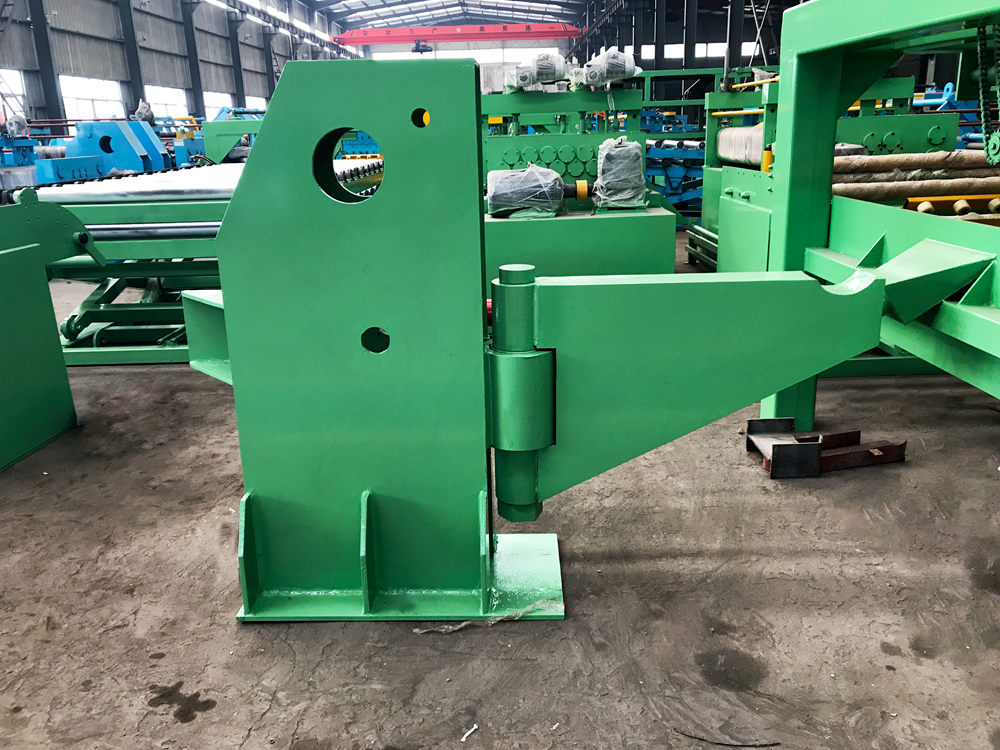
The Evolution and Importance of Purlin Making Machines
In the construction and manufacturing industries, the efficiency and precision of structural components are critical for ensuring structural integrity and safety. Among these components, purlins play a significant role, particularly in metal building systems and roof structures. As a result, the demand for purlin making machines has grown, reflecting advancements in technology and the need for high-quality construction materials.
Purlins are horizontal structural members used to support the roof deck and provide a framework for securing roofing materials. They are typically made of steel or aluminum, known for their strength, durability, and resistance to various environmental factors. The manufacturing of purlins has evolved significantly over time, shifting from manual labor-intensive processes to highly automated systems.
A purlin making machine is specifically designed to produce purlins efficiently and accurately. The machine operates through various stages, including feeding, roll forming, cutting, and punching. In the roll forming process, flat metal sheets are fed into the machine and progressively shaped into the desired purlin profile through a series of rollers. This process allows for high-speed production and consistent quality, minimizing waste and maximizing output.
One of the primary advantages of using a purlin making machine is its ability to produce different sizes and profiles according to the requirements of various projects. Modern machines can easily switch between different shapes and sizes, providing manufacturers with the flexibility to cater to diverse customer needs. This adaptability not only increases efficiency but also reduces lead times, enabling businesses to respond quickly to market demands.

Additionally, advancements in technology have led to the integration of computer numerical control (CNC) in purlin making machines. CNC technology allows for precise control of the manufacturing process, ensuring that each purlin produced meets exact specifications. Operators can input design parameters directly into the system, reducing the likelihood of human error and improving overall quality. This level of precision is essential in construction, where even minor deviations can have significant consequences.
The automation of purlin making machines also enhances workplace safety. With machines handling repetitive and potentially hazardous tasks, the risk of accidents is reduced. Automated systems can operate continuously, ensuring consistent production rates while allowing skilled workers to focus on more complex tasks that require human oversight and decision-making.
Moreover, the environmental impact of manufacturing processes is an increasingly important consideration. Modern purlin making machines are designed to be energy-efficient, utilizing less power and generating minimal waste compared to older machinery. Some machines are even equipped with recycling systems that repurpose scrap metal, contributing to a more sustainable manufacturing process.
The market for purlin making machines has expanded globally, driven by the rapid growth of the construction industry, particularly in emerging economies. As urbanization continues to rise, so does the demand for efficient building systems that incorporate lightweight yet durable materials. Manufacturers of purlin making machines are continually innovating to meet these needs, ensuring that their products remain relevant in a competitive landscape.
In conclusion, purlin making machines represent a vital component in the modern construction industry, providing efficiency, precision, and adaptability. With ongoing technological advancements and an increasing emphasis on sustainability, the future of purlin manufacturing looks promising. As the industry evolves, these machines will play an integral role in meeting the demands of a rapidly growing global market, ensuring safe and reliable construction practices for years to come.